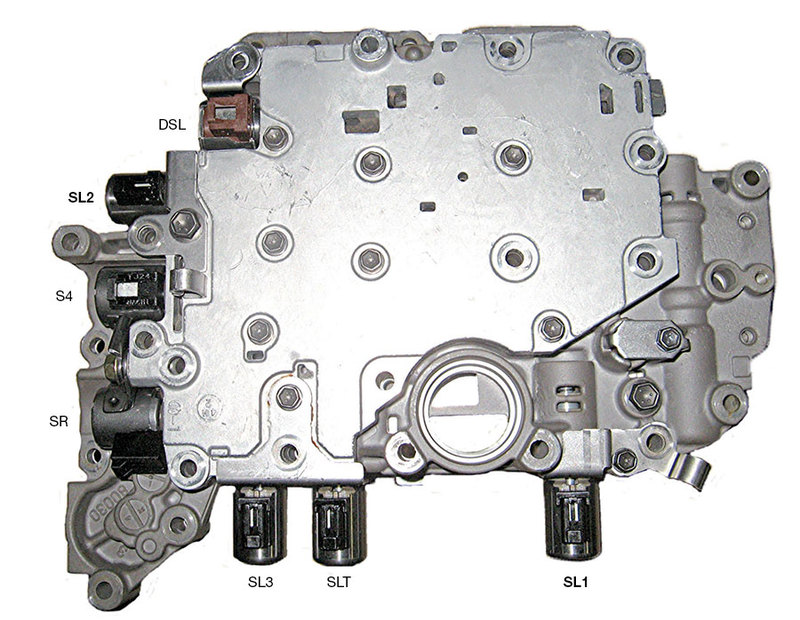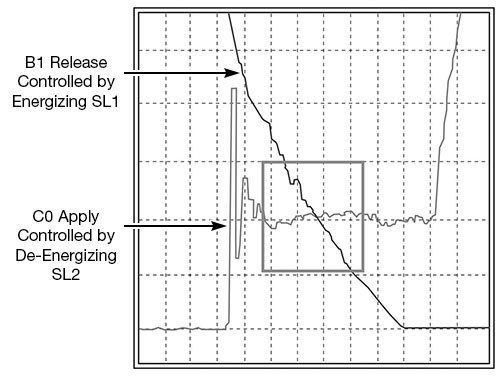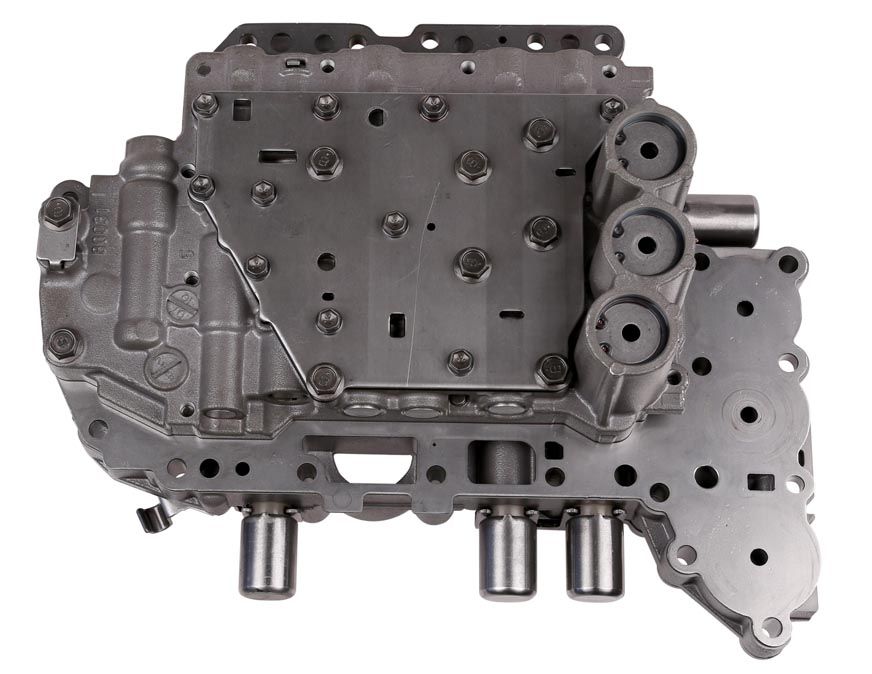November 21, 2018
U150 2-3 Upshift Complaints & Solutions
One of the biggest complaints on the Toyota U150 family of transmissions has always been related to the transition from 2nd to 3rd Gear, and this problem can turn into a real nightmare for shops and their customers.
The first and most common complaint is a binding sensation or tie-up on the 2-3 upshift. This problem typically occurs after overhaul, during the initial road test, and can be remedied by doing a transmission memory reset. When the unit came into the shop, it was most likely burnt to the ground, so performing what’s basically an adaptive reset is extremely important. It’s the only way to clear adaptive data from compromised clutch clearances and poor hydraulic integrity. This allows the TCM/PCM to adapt to the proper clutch clearances and restored hydraulics of the rebuilt transmission.
If the solenoids are functioning correctly, the reset typically restores shift quality within a quick, 10- to 15-minute road test, which includes numerous upshifts and downshifts from 1st to 5th. There are instances when the reset doesn’t help, though, or it does, but then the problem (and the customer) comes back within a few days. Maybe you try the reset again, and off it goes…until it’s back again a third time. At this point, it’s clear something else is wrong — the reset just isn’t “taking” — and you need to turn your attention to other culprits. It could be something as simple as a PCM ground providing a poor connection, causing the PCM to keep adjusting adaptives, or it could be the solenoids themselves.
The 2-3 upshift transition is primarily controlled by energizing the SL1 solenoid and de-energizing the SL2 solenoid (locations on the valve body in Figure 1). Sounds like no big deal, but it actually is a precise transition that happens simultaneously.
| Figure 1 — U150 Solenoid Locations |
|---|
 |
Figure 2 shows a graph of the B1 brake pressure releasing and C0 clutch pressure increasing during the 2-3 upshift. Note that, as B1 pressure is released, C0 Clutch comes on at low pressure at the beginning of the transition to bridge the gap, then goes to full pressure when the transition is complete. This is an example of a good-quality shift with the correct amount of overlap on the 2-3 upshift.
| Figure 2 — Good Shift Quality (A sequential shift from 2nd to 3rd Gear.) |
|---|
 |
There are other complaints related to the 2-3 upshift that can also be related to solenoid malfunction, including a flare during the 2-3. Figure 3 shows a graph of the SL2 as the root cause of this complaint. The C0 clutch pressure is slow to increase, which allows a flare or engine RPM rise during the upshift.
| Figure 3 — Poor Shift Quality (A flared upshift from 2nd to 3rd Gears.) |
|---|
 |
A 2-3 slide bump is another common complaint. Figure 4 shows a graph that points to SL1 as being the root cause. B1 pressure drops too quickly, which triggers a quick slide; the bump comes from the C0 clutch engaging at the end of the slide.
| Figure 4 — Poor Shift Quality (A slide bump shift from 2nd to 3rd Gear.) |
|---|
 |
The PCM will try to adjust for these type of solenoid timing issues, but it can only do so much. Flares and slide bumps typically show up when transmission fluid is cold or high temp., so it is important to road test first thing in the morning after the vehicle was sitting overnight as well as after a long drive.
It is safe to say that if malfunctioning solenoids get out the door, the third time the vehicle comes back, it may be on the back of a wrecker. Swapping out SL1 and SL2 solenoids when you run into 2-3 upshift problems can help head off a bad day for you and your customers.
Learn More
Related Units
Related Parts
While Sonnax makes every effort to ensure the accuracy of technical articles at time of publication, we assume no liability for inaccuracies or for information which may become outdated or obsolete over time.
